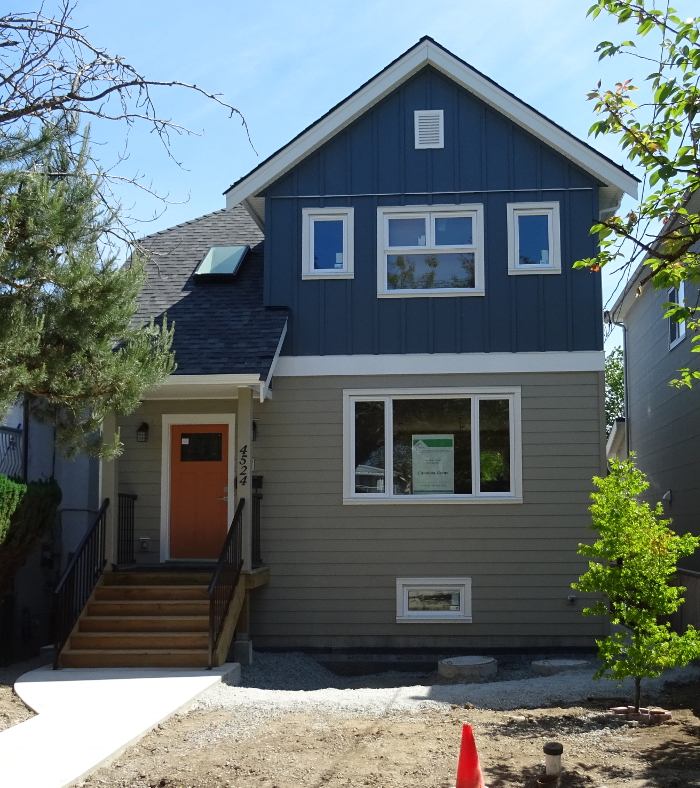
Have you ever noticed the tiny homes located along ally-ways and back entrances to homes throughout Vancouver? Rather than basic garages, homeowners are frequently building laneway homes behind their main residence. Laneway homes are essentially a living space located over or beside a parking unit, and they provide added living space or a rental property to offset mortgage costs in Vancouver. Laneway homes are increasingly popular not only as housing prices continue to rise in Vancouver, but also as the City seeks creative solutions to affordable housing. Nevertheless, there are specific guidelines around building laneway homes and eligibility factors that must be met. Let’s take a closer look.
Laneway House Specifications
As the name suggests, laneway homes are located next to the lane entrance for housing lots in Vancouver. These small homes are always located at the back of the lot and should feature a liveable space as well as a parking accessory. The size of laneway homes will vary depending on the size of the lot on which they are located – from 550 square feet up to a maximum of 940 square feet. In generally, the sizing of laneway homes is calculated as 16% of the size of your lot, not including up to 40 square feet of storage.
Eligibility
Not all homes in Vancouver are eligible for a laneway house, but many single-family dwellings with rear lane access are eligible. There are three main eligibility criteria that must be met – distance from the house to the laneway home, lot size, and lane access. More specifically, you must allow for at least 16’ between the main house and the laneway house – a requirement that can usually be met with creative design. Additionally, your lot must be at least 9.8m wide, though some laneway house builds have been approved on lots somewhat smaller (7.3m wide). Finally, your lot must have access to an open lane – and this requirement can be interpreted in one of three ways:
- There is an open lane behind your home.
- Your lot is located on a corner that can access an open or dedicated lane.
- Your lot is located on a “double-fronted” site with street access in front of and behind your home.
Ultimately, laneway homes are a great addition, particularly if you are looking to collect rental income or to provide accommodate aging family members (parents and children alike). These homes are popular for renters because they are detached buildings – renters don’t need to worry about noise from neighbours. Even if you are looking to build a laneway home to provide more space for your family, it is a great investment that can have a significant impact on the resale value of your home.
